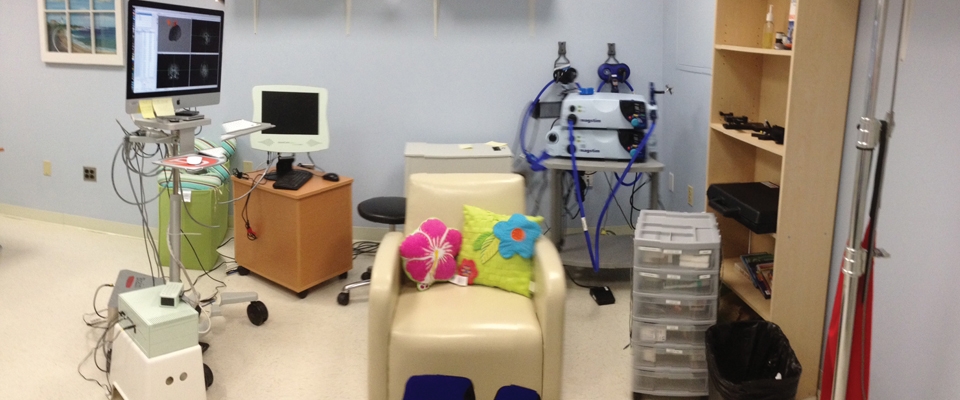You are here
Transcranial direct current stimulation to promote recovery of hand function in children with hemiplegic cerebral palsy.

One way to alter brain excitability is to pass a weak current from a scalp electrode on one side to another electrode on the other side of the head. This technique, called transcranial direct current stimulation (tDCS), has been shown to augment the speed with which healthy adults learn a skilled hand task. tDCS also improves recovery of arm function in adults with stroke. We will apply this promising therapy to children with cerebral palsy affecting one side of the body (hemiplegia). Our first goal will be to determine the safety and feasibility of this intervention. We will also determine which parts of the brain are excited by tDCS and whether this results in better skill learning with the impaired hand. We will apply the tDCS to areas of the brain that are best adapted for restoring control of the impaired hand. This innovative targeting of the therapy is made possible by our understanding of brain changes that occur after early brain injury and by two advanced research techniques. The first technique, magnetic brain stimulation, allows us to map which parts of the brain controls each body part. The second technique uses MRI to map connections between different regions of the brain. We will use these techniques to apply tDCS in the safest and most effective way to restore hand function in children with hemiplegic cerebral palsy.

